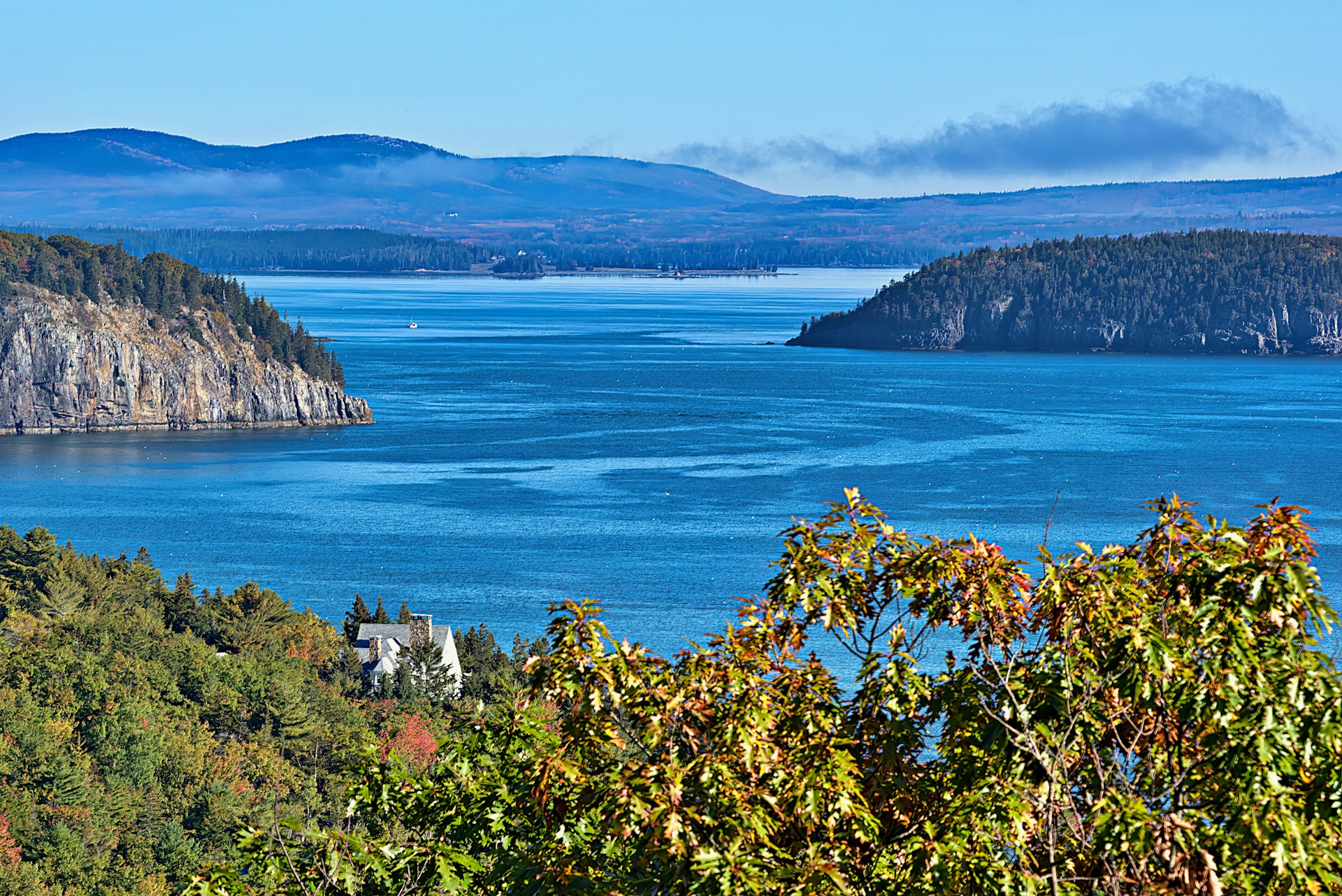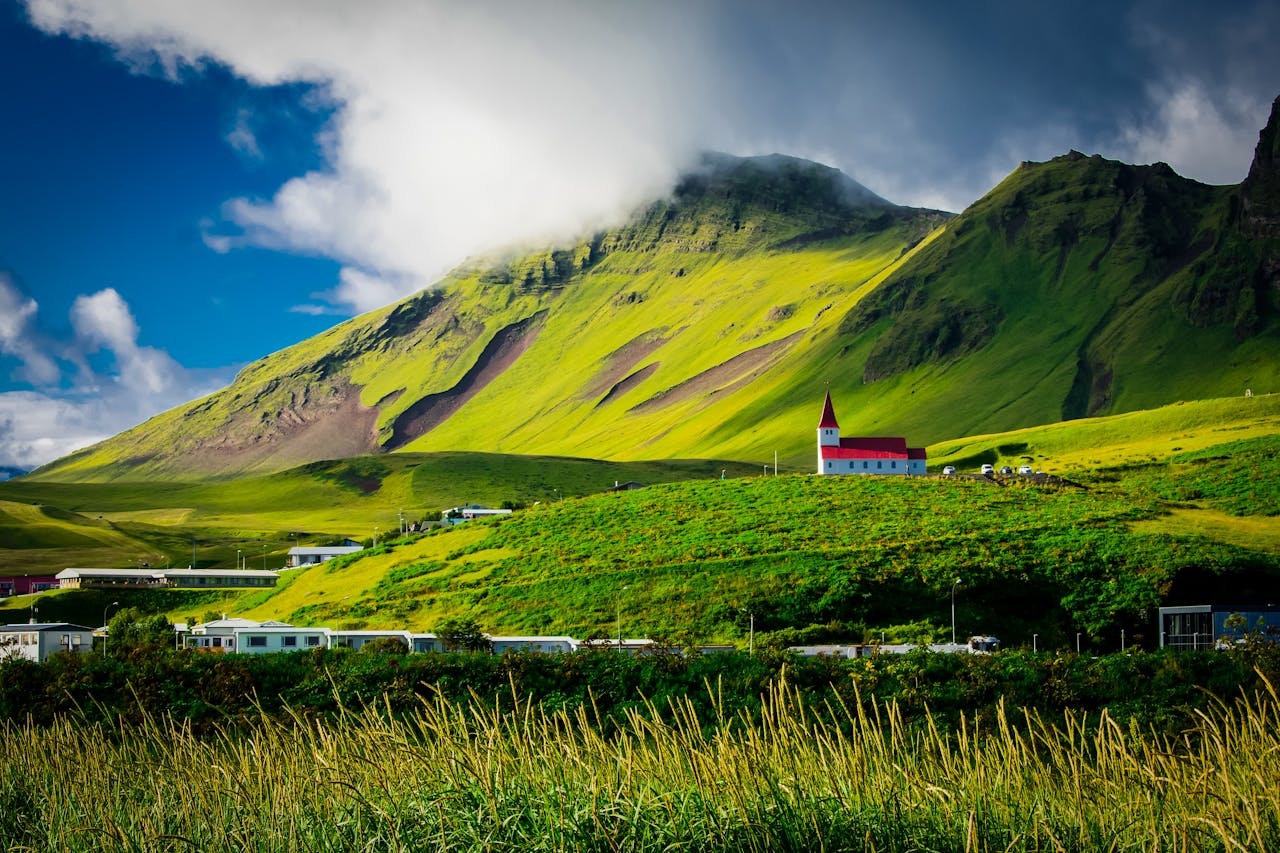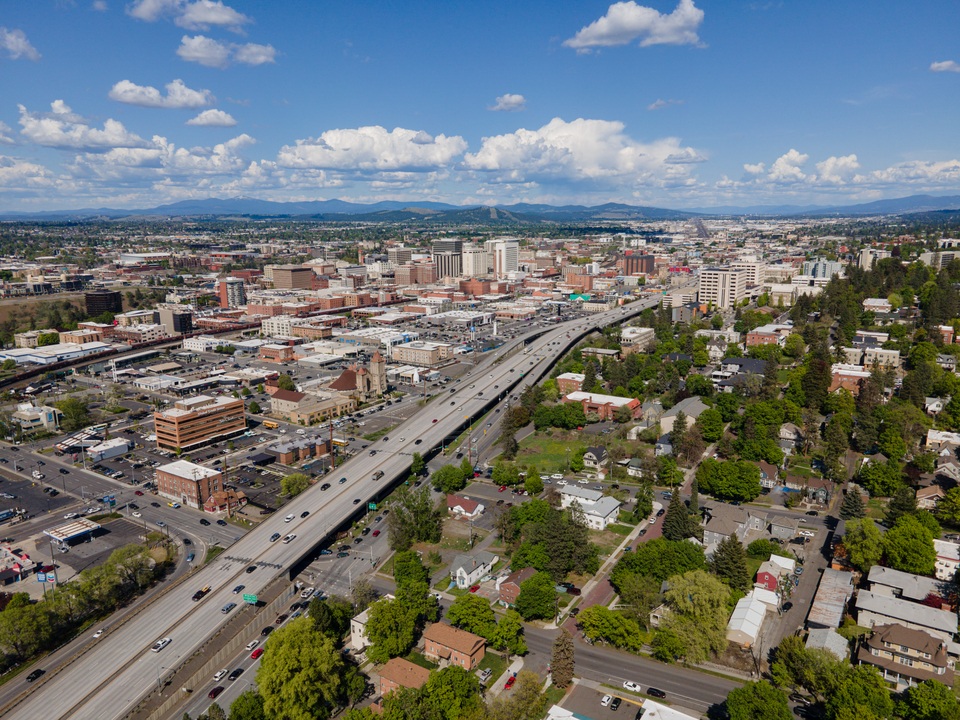Empty trails, easy parking, and rangers with time to chat are hallmarks of off-season travel. It also brings lower prices, softer light, and wildlife that ventures closer when crowds thin. Heat and long lines give way to quiet mornings and starlit evenings. With a smart plan and flexible layers, marquee landscapes reveal themselves at their most generous. A quick check of road statuses and seasonal closures is all it takes before stepping into the kind of space that summer rarely grants.
Yellowstone National Park, Wyoming
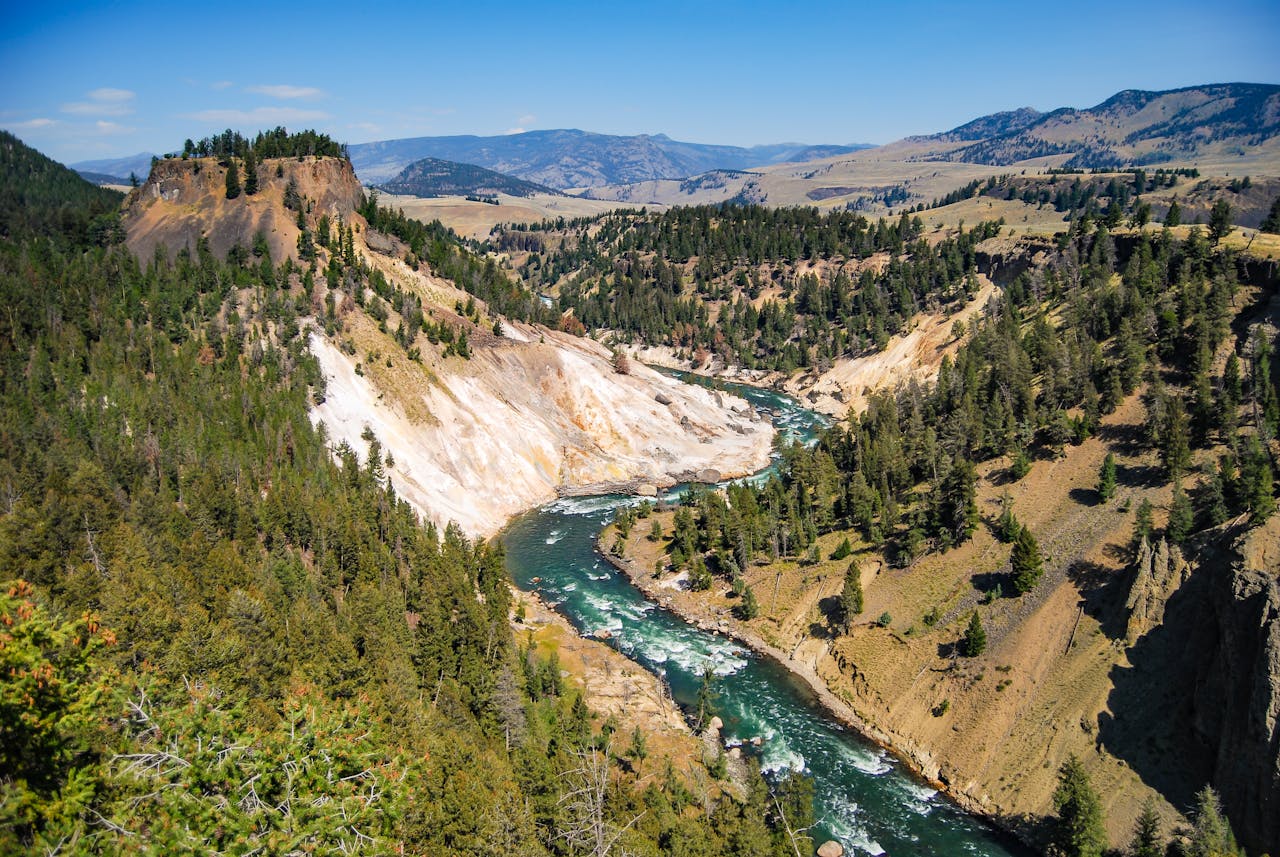
Winter turns geyser basins into theater as steam billows into blue air, bison wear frost like armor, and wolves trace quiet valley edges. With roads shifting to snowcoaches and guided snowmobiles, you plan fewer moves and deeper moments, gliding on skis to hot spring vistas and stargazing when the haze of summer is gone. Reserve transport early, bundle well, and enjoy boardwalks that feel private while the world’s first park breathes in slow motion.
Yosemite National Park, California
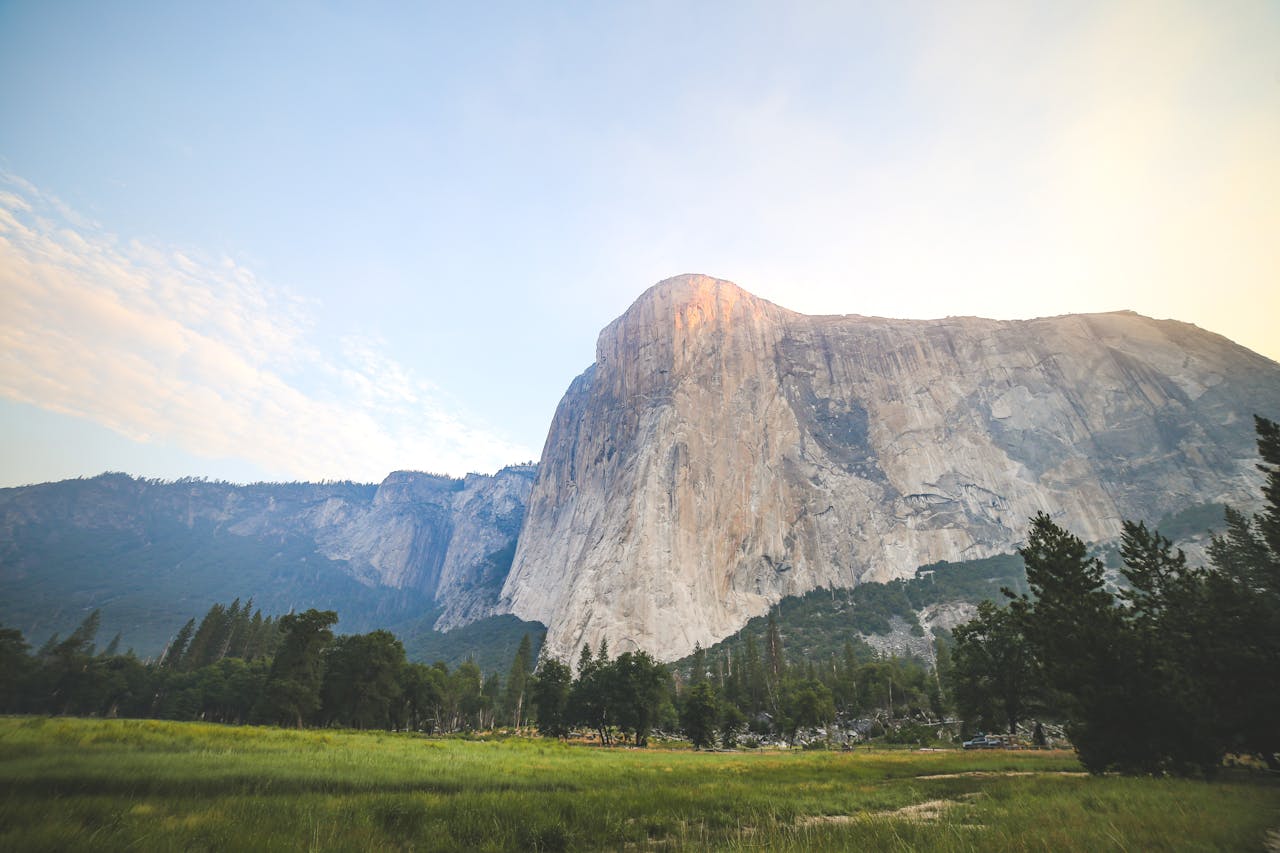
Winter turns geyser basins into theater as steam lifts into blue air, bison frost over like armor, and wolves trace quiet valley edges. With most roads shifting to snowcoaches and guided snowmobiles, itineraries favor fewer moves and deeper moments, from ski glides past hot springs to clear-sky stargazing. Early transport reservations and serious layering pay off. Boardwalks feel almost private, and the world’s first national park seems to breathe in slow motion.
Zion National Park, Utah
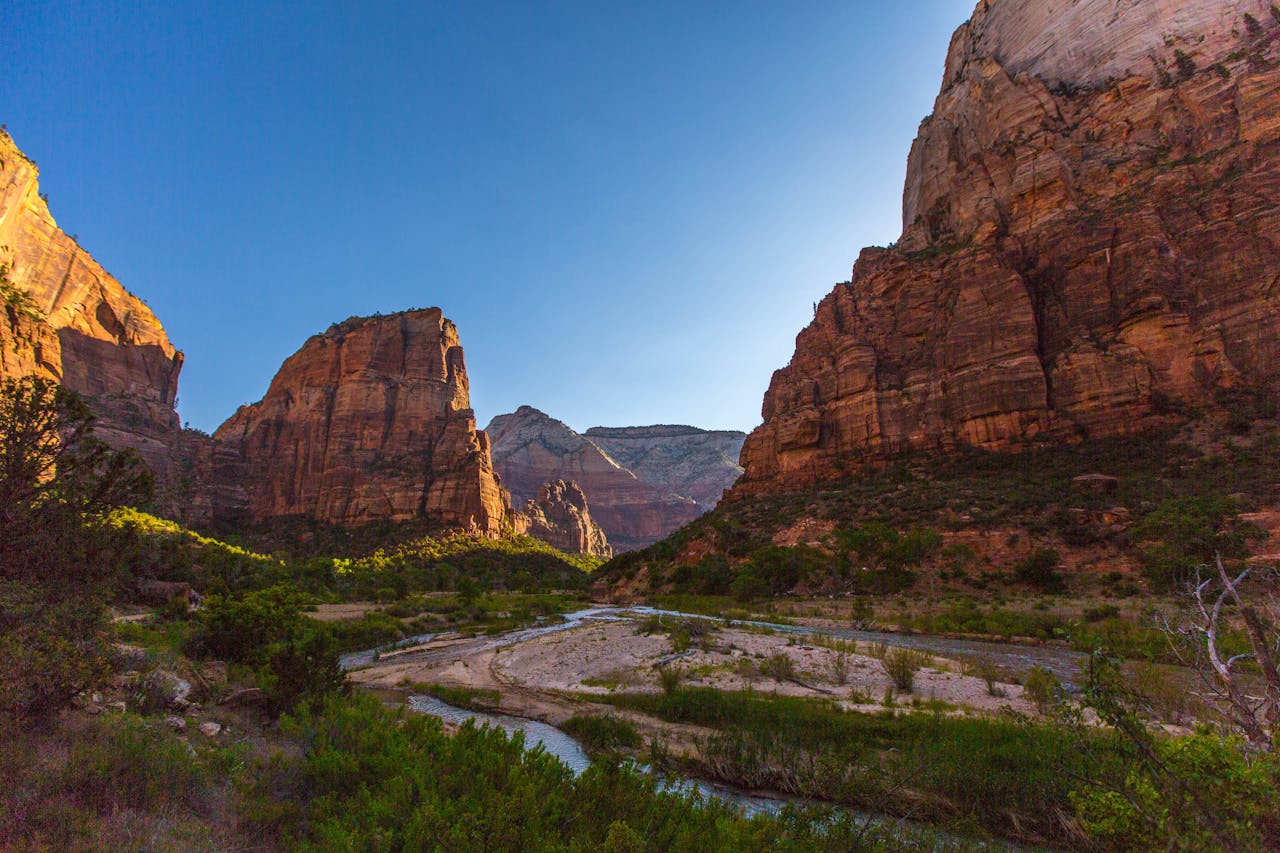
Winter light turns red rock into a study in shadow and tone. With shuttles paused on many days, scenic driving becomes simple, parking opens, and trailheads feel unshared. Cottonwoods show their fine branches along the Virgin River, the Narrows becomes a drysuit endeavor for prepared hikers, and Watchman ignites at golden hour. Ice lingers in canyon shade, so late starts often bring warmer footing. Springdale cafés stay calm enough for unhurried map sessions.
Acadia National Park, Maine
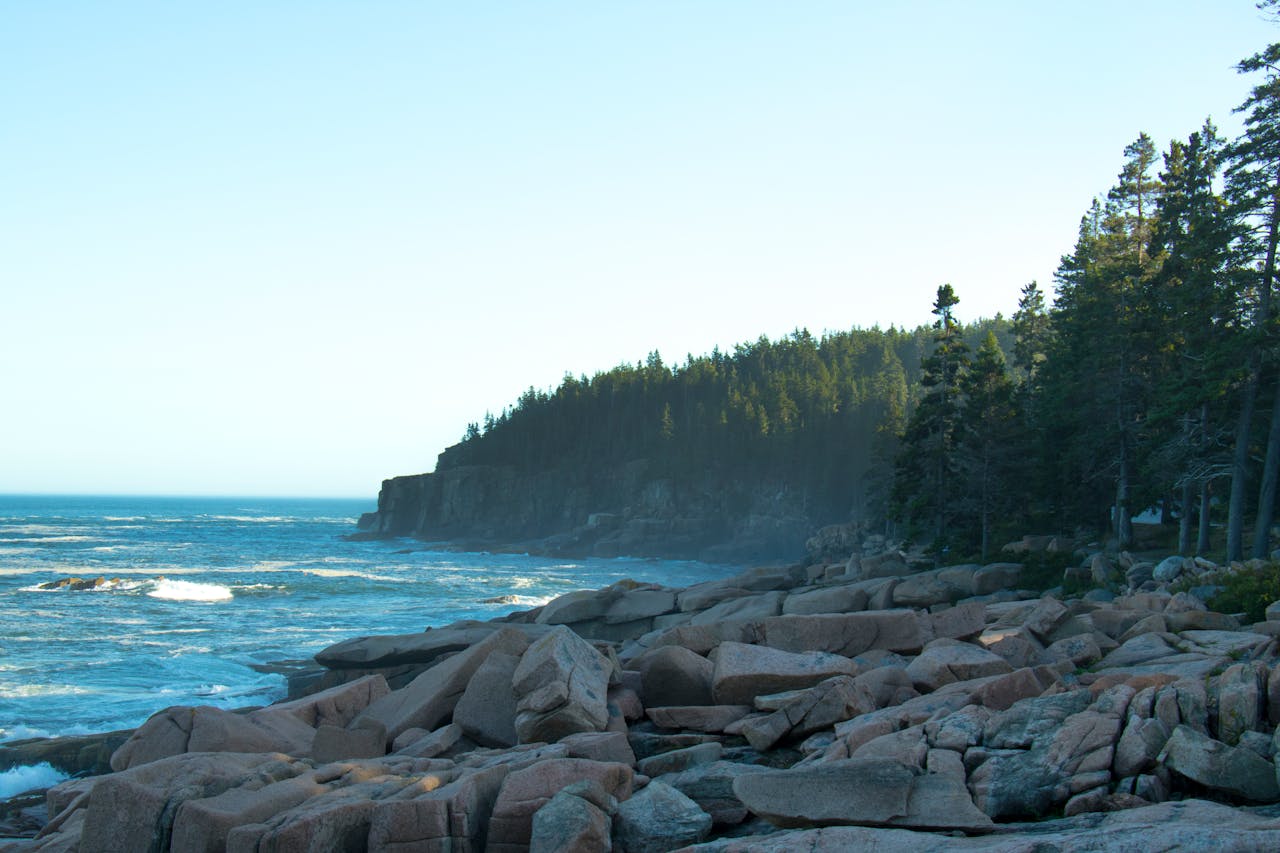
Shoulder season wraps the coast in space and weather drama as carriage roads go quiet, waves hammer granite, and long Park Loop stretches invite easy drives. Gorham and the Bubbles deliver cold blue vistas while harbors work through the morning and gulls replace tour buses. Foliage lingers on sheltered slopes, and salt-and-pine air sharpens every view. Windproof layers matter, tide charts guide safe visits to Thunder Hole, and sunrise on Cadillac comes without the peak-season queue.
Olympic National Park, Washington
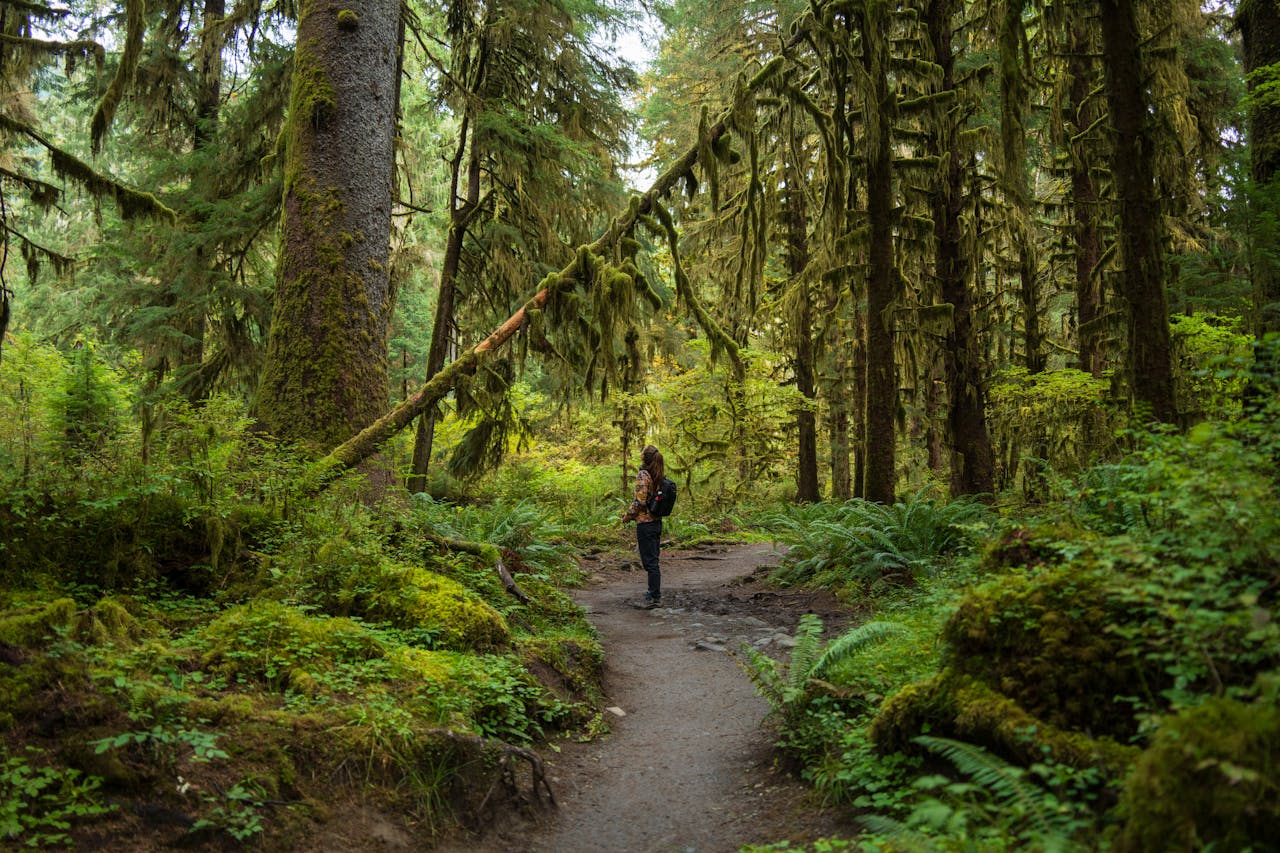
Off-season invites choice rather than escape. Storm waves perform at Rialto and Kalaloch, rainforests glow electric green under low clouds, and a clear window at Hurricane Ridge reveals mountains and sea in one sweep. Tidepools bloom with color for patient eyes between squalls. Road alerts deserve attention, a dry backup layer earns its keep, and the peninsula’s three ecosystems prove that variety, not heat, fuels wonder on short winter days.
Big Bend National Park, Texas
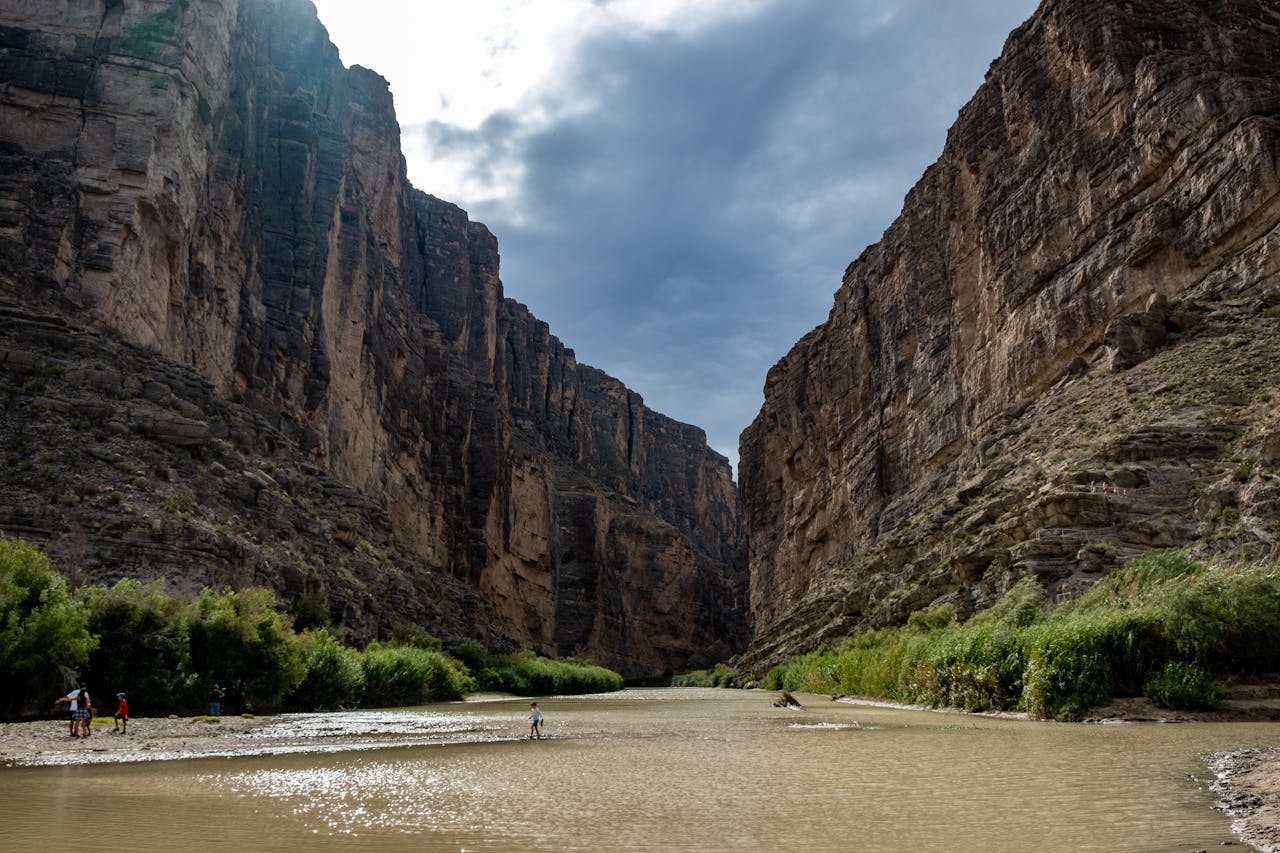
When heat loosens its grip, Big Bend opens with long views and generous air. Trails move from desert gravel to river shade to sky island pines, while Santa Elena Canyon glows at midday and the Chisos feel welcoming under cool skies. Nights become lessons in astronomy beneath some of the darkest skies in the country, with border towns adding flavor to any itinerary. Extra water still matters, high trails can hold ice, and sunrise washes the desert gold before silence settles in.
Grand Canyon National Park, Arizona
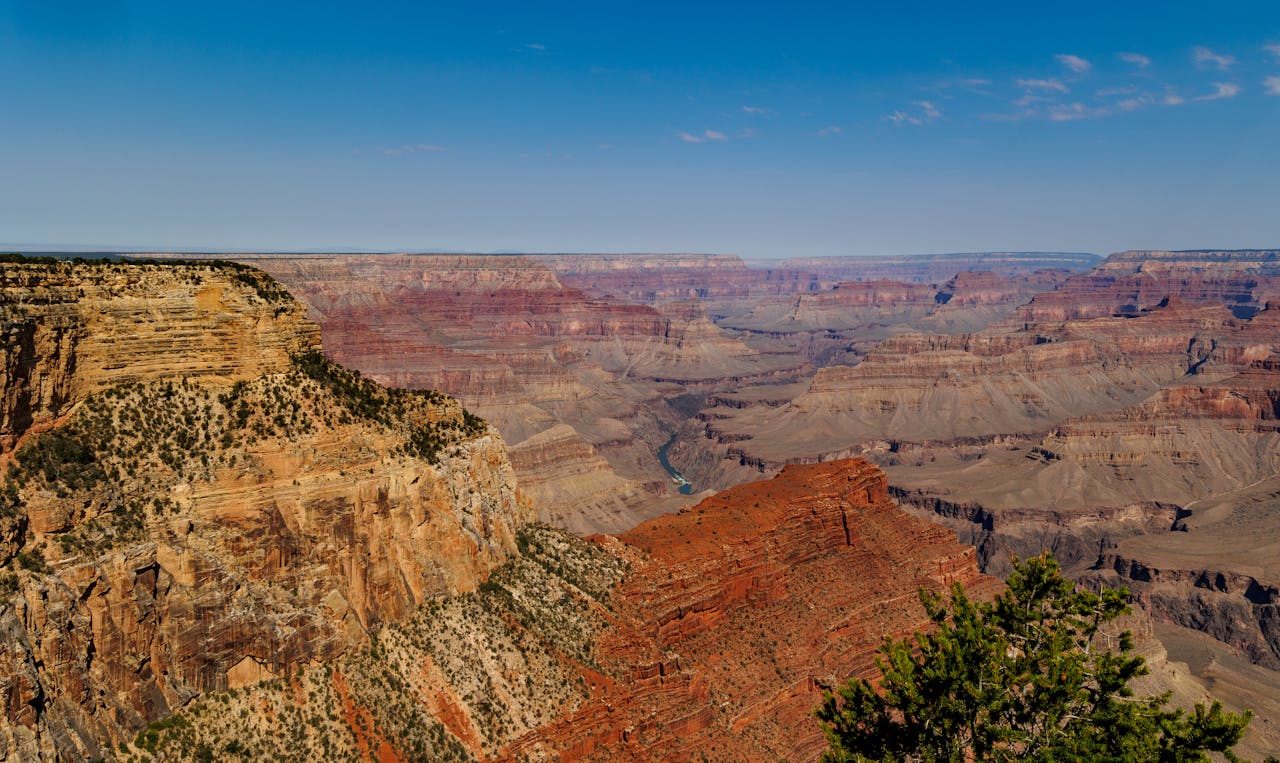
Winter lays a hush over the South Rim as light snow lines ledges, mule deer browse near quiet shuttle stops, and viewpoints turn into private balconies. Below the rim, temperatures run kinder than on top, allowing careful hikers to descend into bright air while the North Rim rests. Ice grips the Bright Angel start, so traction is prudent. The canyon’s quiet reframes scale and color deepens toward evening, rewarding unhurried pacing far more than peak-season bustle.
